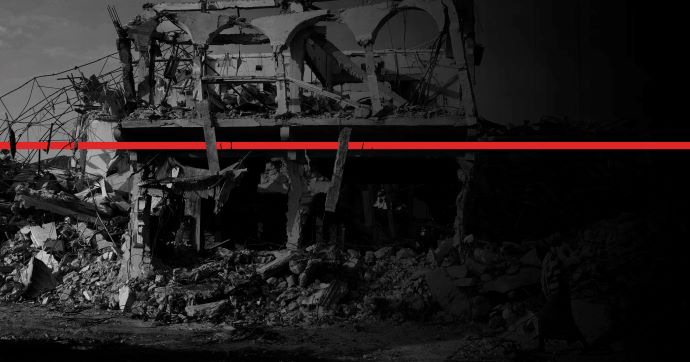The ineffective security policies in Somalia will continue to change asymmetric warfare to the detriment of the Horn of Africa.
What happened in Mogadishu?
On October 14, Mogadishu was rocked by twin explosions. The first one was at the Zoobe junction in the Hodan district. The second one is near Aden Adde International Airport, caused by vehicle-borne improvised explosive devices (VBIED). It was an attack which, until now, has not been claimed by the local Al Qaida affiliate Al Shahab (AS). This is probably because the attack site was not the intended target. Furthermore, it claimed the lives of 358. 400 were wounded, and another 56 were missing, many of whom were women and children.
AS maintains that it is fighting against the government and the African Union forces, which puts it in a catch-22. On the one hand, it claims responsibility for an effective attack and showcases its capabilities. Additionally, our sources inform us that the authorities have one of the drivers in custody. It is believed that the perpetrators and bomb-making location will be announced shortly. The changing environment of cities similar to Mogadishu will make these attacks more devastating in the foreseeable future and chancing the whole spectrum of Asymmetric Warfares
Grey Dynamics had people on the ground during the attack, which foreseeably changed the future of Asymmetric Warfare. Fortunately, nobody was hurt. Due to the devastating damage, Grey Dynamics will offer innovative intelligence approaches. These could benefit the Somali security apparatus. Therefore, I contacted officials in Somalia and subsequently travelled to Mogadishu a few days ago. Today, I spoke to senior officials at the Ministry of Internal Security. I hope to sit down with more nationwide officials in the coming week.
Conclusions after the attack
The attack in Mogadishu can be regarded as a microcosm of future changes in asymmetric warfare and foreseeable attacks. David Kilcullen describes this very aptly in his seminal book. It is necessary to define what Kilcullen calls the “conflict climate” of future wars to prepare for future conflicts. He summarizes them in four categories. First, “…population growth is the continuing rise in the planet’s total population.” Next is “urbanization, the tendency for people to live in larger and larger cities.” The third one is “liberalization, the propensity for these cities to cluster on coastlines”. The last one is “connectedness, the increasing connectivity among people, wherever they live.” It is evident that all of the above drivers played an essential role in making the 14th a devastating day.
Secondly, AS has proven to be one of the most deadly and innovative terrorist/insurgent groups in the world. This is enforced by the attack on the 14th and the laptop bomb on February 2, 2016. The latter of the two attacks formed a template for ISIS, sparking the laptop ban on all U.S.-bound flights. This sharing of tactics is coined “open source warfare” by John Robb, author of (a must-read for every security/intelligence professional. These groups will keep on copying and perfecting each other’s tools and tactics, and so should we.
Asymmetric Warfare after Mogadishu
I would argue that asymmetric warfare changed after the 1993 Blackhawk Down incident in Mogadishu. The ineffective security policies set by concurrent governments in Somalia have coupled with the presence of all the above-mentioned drivers. This will continue to change asymmetric warfare to the detriment of the people in the Horn of Africa. Mogadishu is also my birthplace. It is somewhat personal because my family and friends still live here. Grey Dynamics and I will offer all the assistance possible. I will also attempt to provide more insights about the situation with blogs on state technology in intelligence and warfare.

